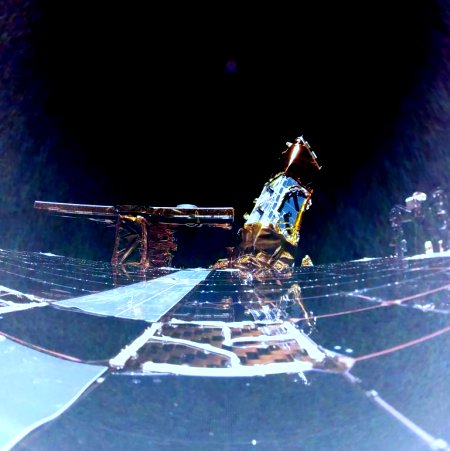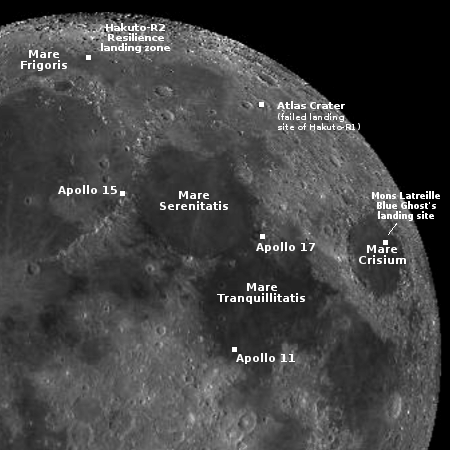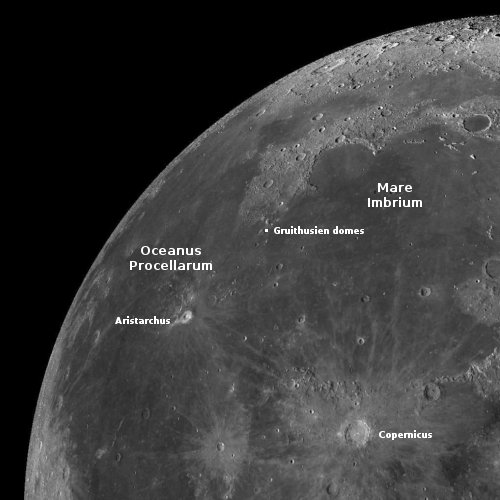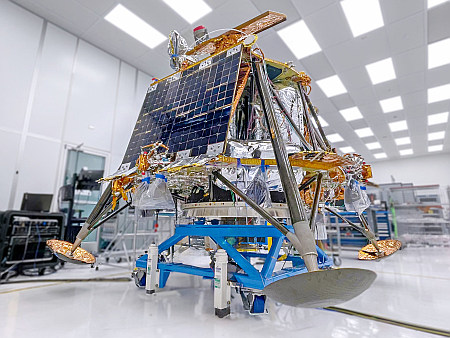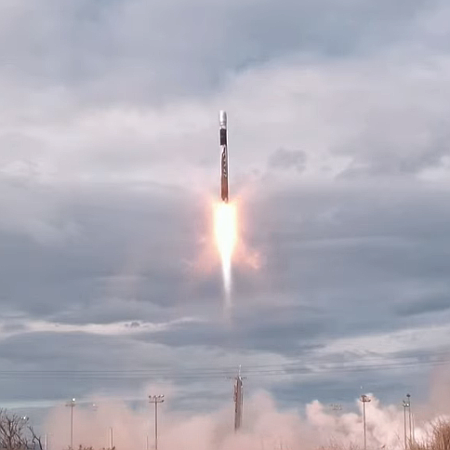Blue Ghost makes second orbital burn, setting up transfer from Earth to lunar orbit

Blue Ghost’s first view of the Moon.
Click for original image.
Firefly’s Blue Ghost lunar lander has successfully completed its second orbital burn, raising its Earth orbit in preparation for its shift into lunar orbit in the coming weeks.
Routine assessments while Blue Ghost is in transit show that all NASA payloads continue to be healthy. Firefly and NASA’s payload teams will continue to perform payload health checkouts and operations before reaching the Moon, including calibrating NASA’s Lunar Environment Heliospheric X-ray Imager (LEXI), continued transit operations of the Lunar GNSS Receiver Experiment (LuGRE), and analysis of radiation data collected from the Radiation Tolerant Computer (RadPC) technology demonstration.
The picture to the right looks across the top of Blue Ghost, with the small bright object beyond its first image of the Moon. The actual landing is at least four weeks away.

Blue Ghost’s first view of the Moon.
Click for original image.
Firefly’s Blue Ghost lunar lander has successfully completed its second orbital burn, raising its Earth orbit in preparation for its shift into lunar orbit in the coming weeks.
Routine assessments while Blue Ghost is in transit show that all NASA payloads continue to be healthy. Firefly and NASA’s payload teams will continue to perform payload health checkouts and operations before reaching the Moon, including calibrating NASA’s Lunar Environment Heliospheric X-ray Imager (LEXI), continued transit operations of the Lunar GNSS Receiver Experiment (LuGRE), and analysis of radiation data collected from the Radiation Tolerant Computer (RadPC) technology demonstration.
The picture to the right looks across the top of Blue Ghost, with the small bright object beyond its first image of the Moon. The actual landing is at least four weeks away.


